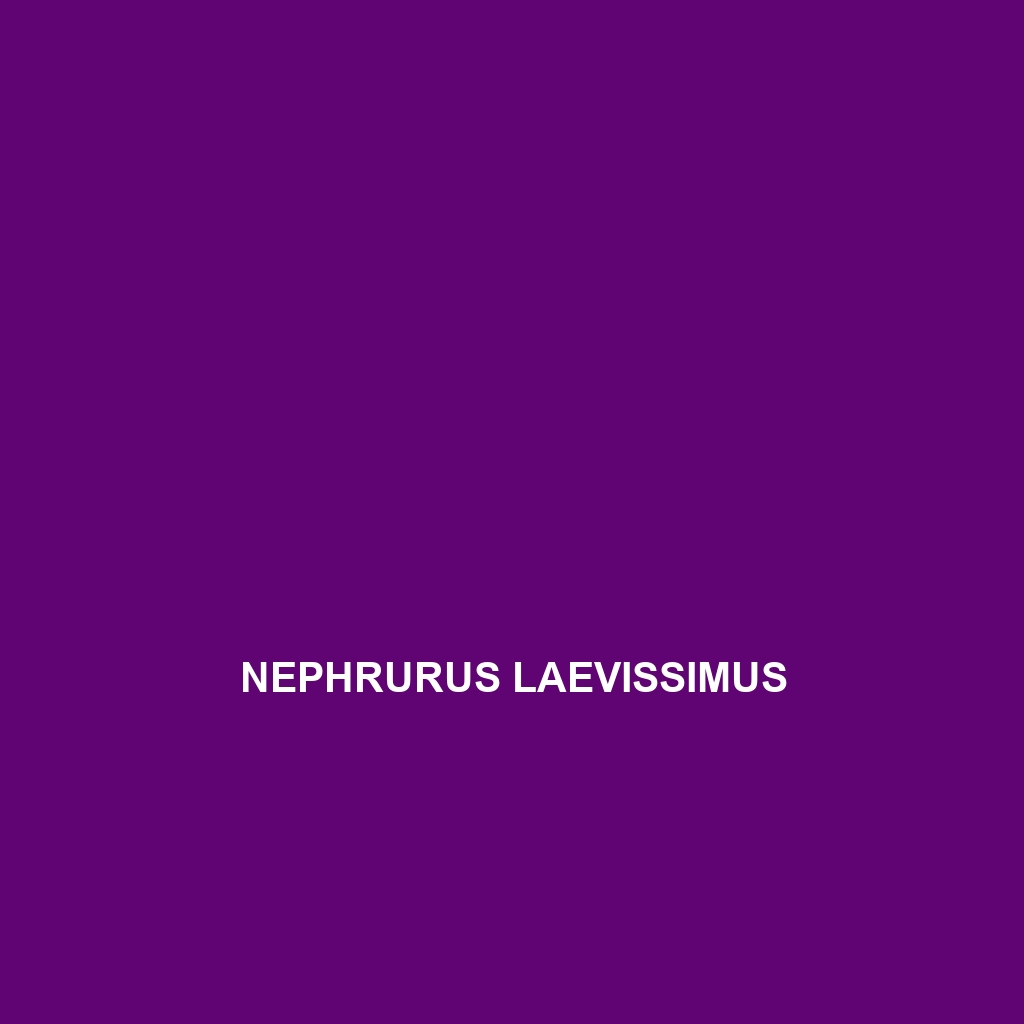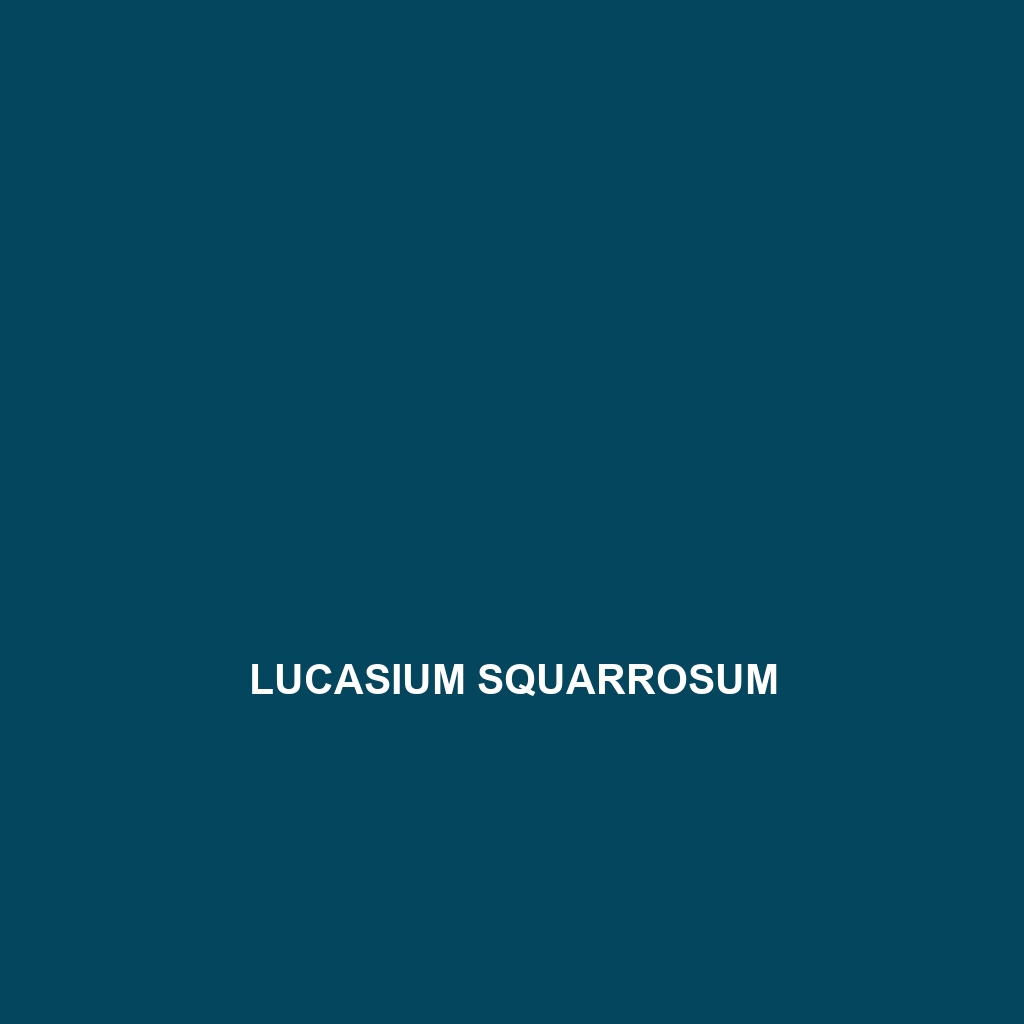<p><b>Pseudonaja textilis</b>, commonly known as the Eastern Brown Snake, is a highly adaptable and agile species found in various eastern Australian habitats, exhibiting striking coloration and potent venom. Renowned for its role in controlling rodent populations, this diurnal snake can reach lengths of up to 2 meters and plays a crucial part in its ecosystem as both predator and prey.</p>
Tag: Australia wildlife
Pogona minor
Discover the remarkable Pogona minor, or centralian rough knob-tail gecko, native to the arid regions of central Australia. This resilient insectivore boasts unique adaptations, including a knob-like tail and specialized scales for water retention, making it an integral part of its ecosystem.
Pseudonaja textilis
<p><b>Pseudonaja textilis</b>, commonly known as the Eastern Brown Snake, is a highly adaptable and agile species found in various eastern Australian habitats, exhibiting striking coloration and potent venom. Renowned for its role in controlling rodent populations, this diurnal snake can reach lengths of up to 2 meters and plays a crucial part in its ecosystem as both predator and prey.</p>
Pogona minor
Discover the remarkable Pogona minor, or centralian rough knob-tail gecko, native to the arid regions of central Australia. This resilient insectivore boasts unique adaptations, including a knob-like tail and specialized scales for water retention, making it an integral part of its ecosystem.
Oedura tryoni
<p><b>Oedura tryoni</b>, also known as the Southern Spotted Velvet Gecko, thrives in the rainforests and temperate forests of Australia. This nocturnal, insectivorous species is recognized for its distinct velvety skin, large bulging eyes, and ability to regenerate its tail, playing a crucial role in its ecosystem's biodiversity.</p>
Nephrurus laevissimus
The <b>Nephrurus laevissimus</b>, or smooth knob-tailed gecko, thrives in Australia's arid habitats, characterized by its distinctive bulbous tail and nocturnal insectivorous behavior. With a size ranging from 10 to 20 cm, this species is vital for maintaining ecological balance as both a predator and prey, contributing to soil health through its burrowing activities.
Morethia taeniopleura
The Morethia taeniopleura, commonly known as the brilliant skink, is a striking, diurnal insectivore native to southeastern Australia, thriving in temperate forests and characterized by its slender body, distinctive longitudinal stripes, and ability to regenerate its tail. This species plays a crucial role in its ecosystem, helping to control insect populations while serving as prey for larger predators.
Lucasium squarrosum
The <b>Lucasium squarrosum</b>, or curly-scaled skink, is a resilient species found in Australia's coastal regions, characterized by its unique curly scales that aid in moisture retention and vibrant colors for camouflage. This diurnal insectivore thrives in diverse habitats, playing a crucial role in maintaining the ecological balance by controlling insect populations.
Lerista speciosa
<p><b>Lerista speciosa</b>, known as the smooth skink, is a slender, burrowing insectivore found in Australia’s temperate forests and sandy grasslands. With its reduced limbs and smooth, camouflaged scales, it plays a vital role in its ecosystem by controlling insect populations and serving as prey for larger predators.</p>
Lerista distinguenda
<p><b>Lerista distinguenda</b>, a secretive skink species native to southeastern Australia, adapts well to temperate forests and grasslands with sandy soils. This insectivorous skink reaches lengths of up to 12 cm, displaying distinctive coloration and reduced limbs for efficient burrowing.</p>









